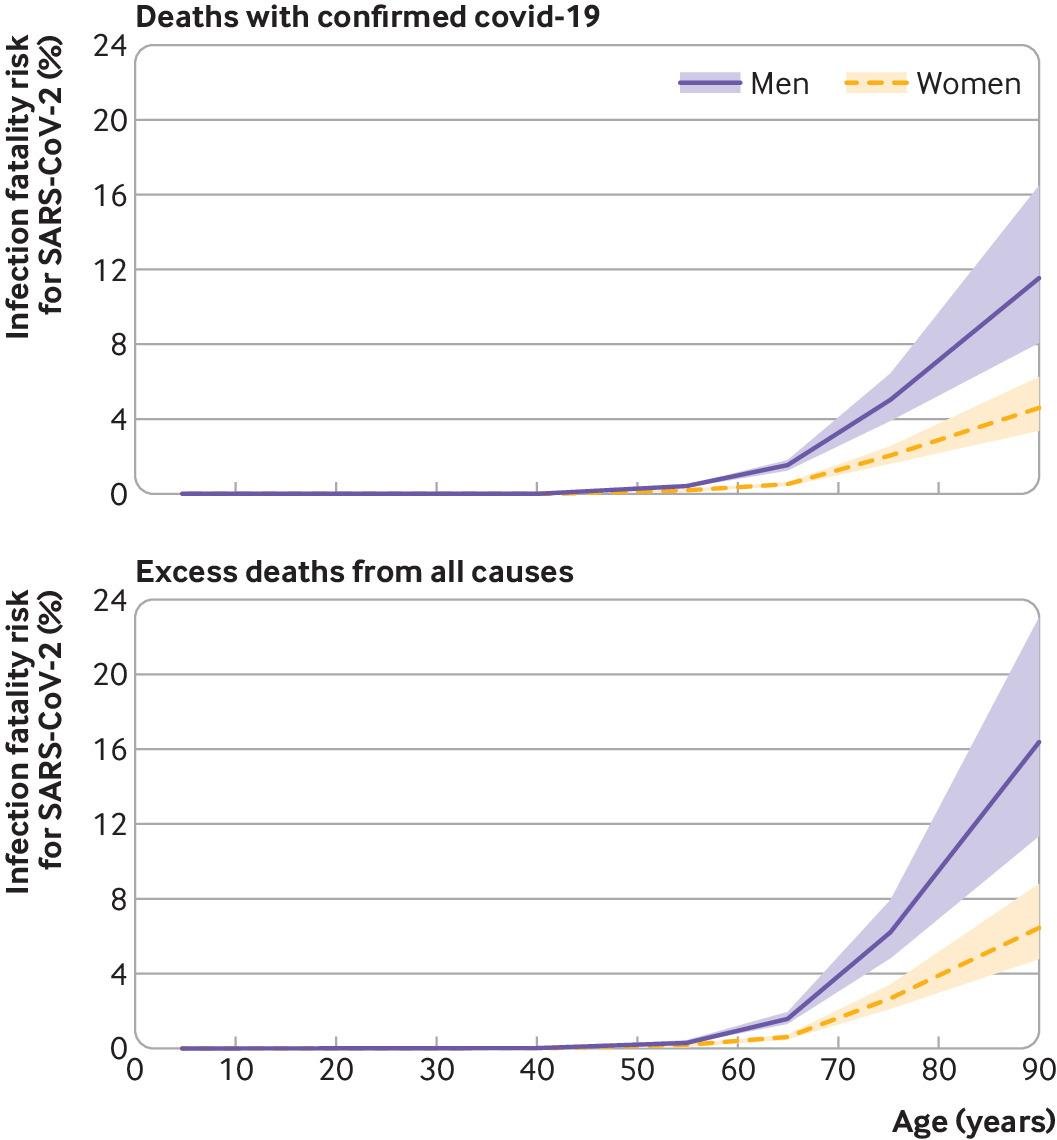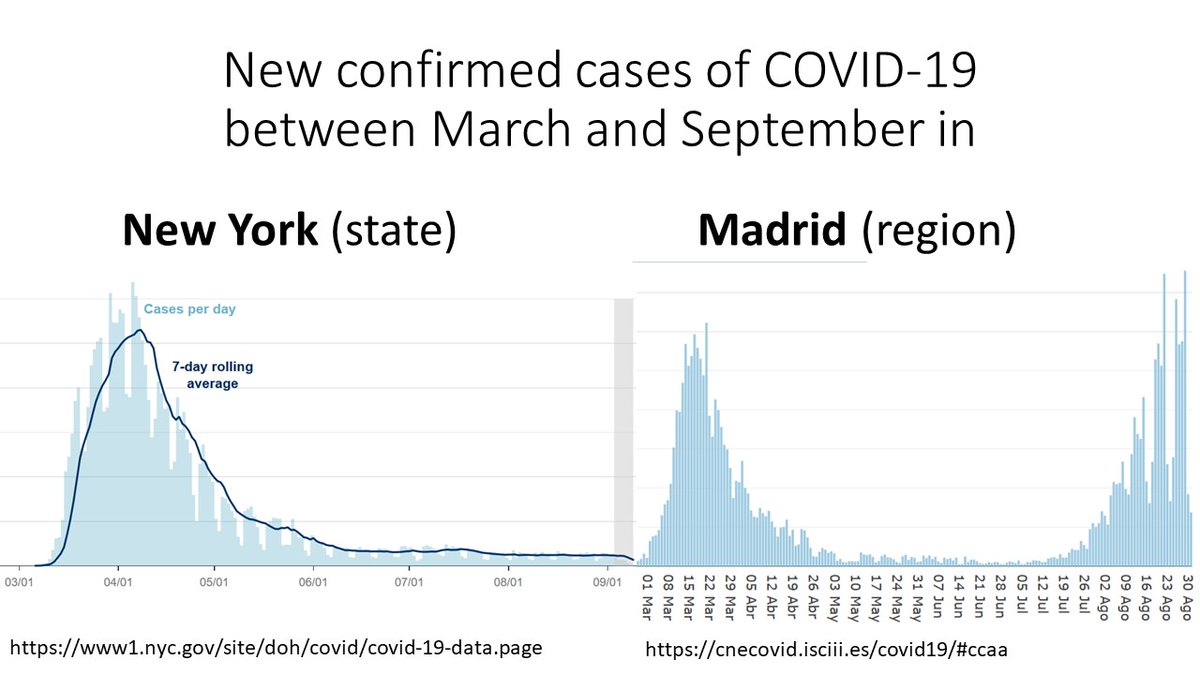
@ProfMattFox 1/
The odds ratio from a case-control study is an unbiased estimator of the
a. odds ratio in the underlying cohort when we sample controls among non-cases
b. rate ratio in the underlying cohort when we use with incidence density sampling
No rare outcome assumption required.
The odds ratio from a case-control study is an unbiased estimator of the
a. odds ratio in the underlying cohort when we sample controls among non-cases
b. rate ratio in the underlying cohort when we use with incidence density sampling
No rare outcome assumption required.
@ProfMattFox 2/
Because the odds ratio is approximately equal to the risk ratio when the outcome is rare, the odds ratio from a case-control study approximates the risk ratio in the underlying cohort when we sample controls among non-cases and the outcome is rare.
But...
Because the odds ratio is approximately equal to the risk ratio when the outcome is rare, the odds ratio from a case-control study approximates the risk ratio in the underlying cohort when we sample controls among non-cases and the outcome is rare.
But...
@ProfMattFox 3/
... for an unbiased estimator of the risk ratio (regardless of the outcome being rare), we need a case-base design, not a classical case-control design.
Of course, all of the above only applies to time-fixed treatments or exposures.
As for the causal interpretation...
... for an unbiased estimator of the risk ratio (regardless of the outcome being rare), we need a case-base design, not a classical case-control design.
Of course, all of the above only applies to time-fixed treatments or exposures.
As for the causal interpretation...
@ProfMattFox 4/
If there is confounding, selection bias, or measurement bias in the underlying cohort, the same applies to the case-control.
For example, if we need to adjust for selection bias due to loss to follow-up in the cohort, we also need to adjust for it in the case-control study.
If there is confounding, selection bias, or measurement bias in the underlying cohort, the same applies to the case-control.
For example, if we need to adjust for selection bias due to loss to follow-up in the cohort, we also need to adjust for it in the case-control study.
@ProfMattFox 5/
For more realistic applications of case-control studies with time-varying treatments, see the paper led by @barbradickerman on #TargetTrial emulation with case-control designs:
Or sign up for her upcoming talk on this topic:
For more realistic applications of case-control studies with time-varying treatments, see the paper led by @barbradickerman on #TargetTrial emulation with case-control designs:
https://twitter.com/barbradickerman/status/1311033928405393410?s=20
Or sign up for her upcoming talk on this topic:
https://twitter.com/_tony_matthews/status/1358727074857553920?s=20
• • •
Missing some Tweet in this thread? You can try to
force a refresh







